For some odd reason, I always feel like an old friend is telling me a deep, dark secret when I read a book by Stephen King. Each page of his works — from the spine-chilling terror of It to the riveting suspense of Misery — reads like a whispered conversation we dare not speak aloud for fear of what might happen if anybody overhears. King’s success is more than just churning out scary stories; it goes far deeper than that. The genius of his writing is how he changes the mundane — a dog, a car, a hotel — into something dark and incomprehensible. You’d think, “Hey, I know this place; it feels familiar,” and then bam! King hits you with the uncanny. That’s what makes readers return for more, time and time again.
It’s not just the promise of a good scare that keeps us coming back for more, though he delivers on that front spectacularly. It’s the psychological depth, the ability to tap into our primal fears, the understanding that sometimes, the monsters aren’t lurking outside our window but within us. Choosing only ten of Stephen King’s many excellent works is tough, but I’ve included some of my favorites here.
10. The Green Mile (1996)
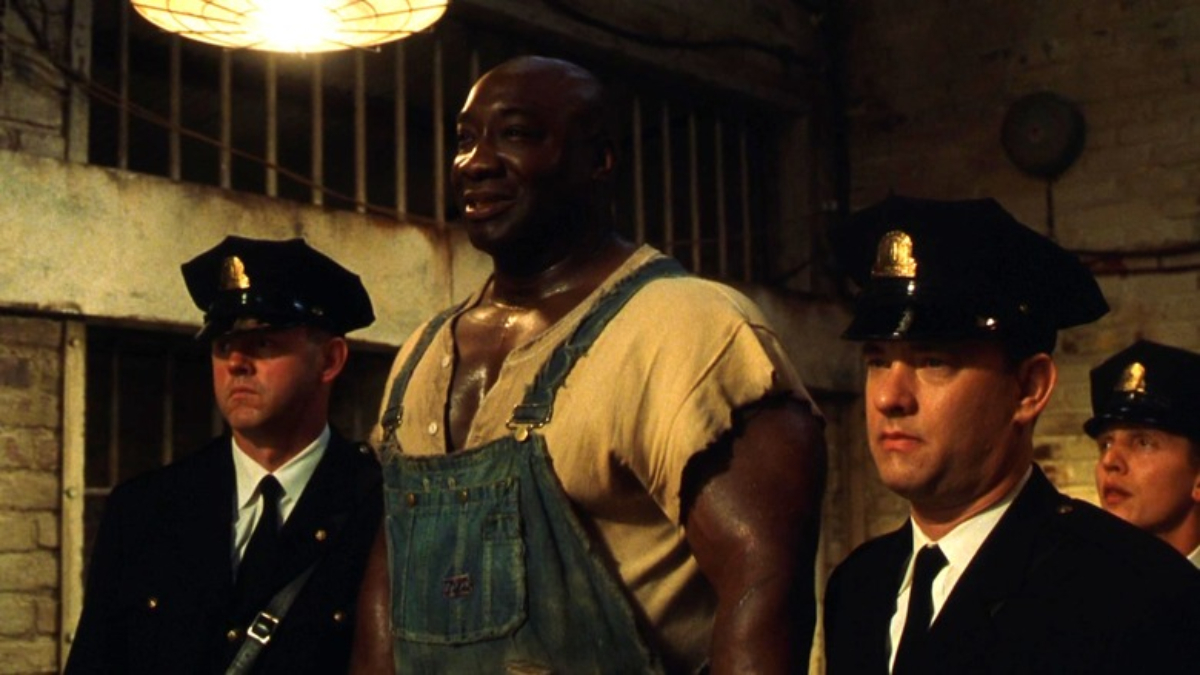
One of my favorite Stephen King books and a break from his usual horror fare, The Green Mile is a fascinating and deeply moving story set in a 1930s death row facility called Cold Mountain Penitentiary. The book’s title comes from the famed lime-green linoleum floor of the death row in prison. Both staff members and inmates refer to it as The Green Mile. Paul Edgecombe — the prison’s top guard — relates his experiences supervising the Green Mile during the Great Depression. The story is flavored with melancholy and nostalgia, bringing attention to the brutality of the prison system but also demonstrating that moments of grace and humanity may arise in the darkest places.
The central storyline revolves around the arrival of John Coffey — an African-American man — to the Green Mile. Coffey, wrongfully convicted of the brutal murder of two young girls, is unlike any inmate Paul and his team have encountered. He’s a gentle giant with a terrifying size but a childlike demeanor. As the story unfolds, it becomes clear that Coffey possesses a mysterious, supernatural gift — a power to heal. What I like best about The Green Mile is that, while the supernatural is present, it is ultimately a human drama, with the jail functioning as a microcosm of the outside world. The novel challenges readers to confront their preconceptions about justice, guilt, and the possibility of redemption.
9. The Dark Tower Series (1982-2012)
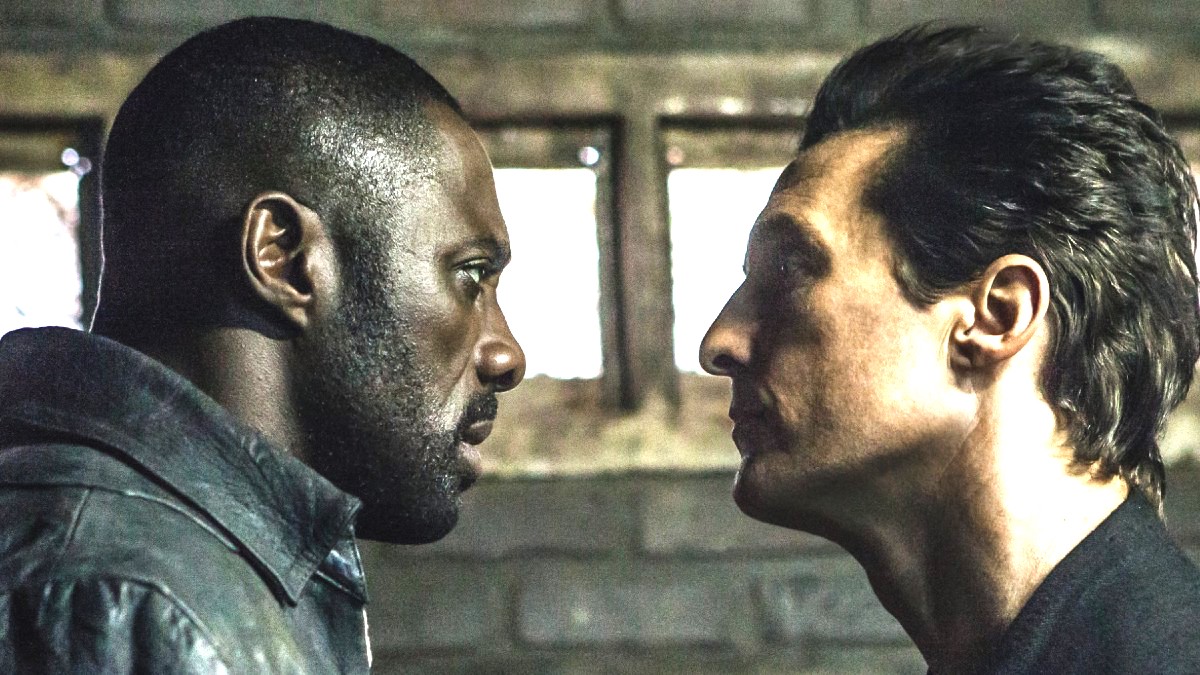
Have you ever dived into a book series so engaging, so vast in its scope, that you’re left equally amazed and dazed? That’s me with Stephen King’s The Dark Tower series. Let’s look at Roland Deschain, our gunslinger and the main character in this expansive epic. The search for the mysterious Dark Tower is like an obsession for Roland. While the Tower is a unifying metaphor throughout the story, the trek keeps readers engaged. The trip becomes a chaotic tapestry of genres as it winds across deserts, cities, and other realities, incorporating western, fantasy, horror, and even science fiction elements.
But what makes The Dark Tower series a standout isn’t just the genre-bending audacity of it all. It’s King’s knack for character development. Roland’s ka-tet, or group of destiny-bound companions — Eddie, Susannah, Jake, and the billy-bumbler Oy — each bring such depth and dimension to the tale. And here’s the kicker: King brilliantly intertwines his literary universe into the mix. Familiar faces and places from his other novels pop up, giving avid King readers those delightful “Aha!” moments. It’s like King’s own MCU (Marvel Cinematic Universe), but in prose.
8. 11/22/63 (2011)

11/22/63 is a novel I consider one of King’s finest works. First and foremost, this is not your average horror story from the maestro. It tells the tale of Jake Epping, a humble English teacher who discovers a time portal in the storage of a local diner. Here’s the twist: This portal transports him back to the early 1960s, where he is tasked with a mind-boggling mission – prevent the assassination of President John F. Kennedy.
The premise is itself ambitious. King isn’t simply playing with time travel; he’s delving deep into one of America’s defining moments. And this is what I admire about King: he never loses sight of the human element. We see Jake struggle with love, purpose, and the weight of history as he navigates the past. There’s a palpable sense of nostalgia, a beautiful vision of the ’60s painted with King’s expressive brush, and the nagging question of whether one man can, or should, change the fabric of time.
7. Pet Sematary (1983)

One could argue that King’s Pet Sematary represents his most hauntingly reflective work. On the surface, Pet Sematary appears to be a typical Stephen King work — a mysterious burial ground behind a house where pets come back to life — intriguing but familiar territory. But it’s so much more than that. At its core, this work deals with the genuine human sorrow of grief and loss. Here, King’s brilliance comes in the way he makes us confront our greatest fear: The death of a loved one.
Our protagonist — Dr. Louis Creed — and his family relocate to a quaint Maine village (a classic King location) only to have their lives turned upside down by a tragic event. When he discovers the ancient burial ground’s power, the allure of reversing that loss becomes irresistible. But here’s the thing — and I hope I’m not giving away too much — what comes back from that burial ground isn’t quite right. King doesn’t merely tell a scary story; he challenges us to confront the repercussions of trying to outrun death, of refusing to let go. It’s an introspective voyage that makes us wonder how far we’d go to keep the ones we care about.
6. Carrie (1974)
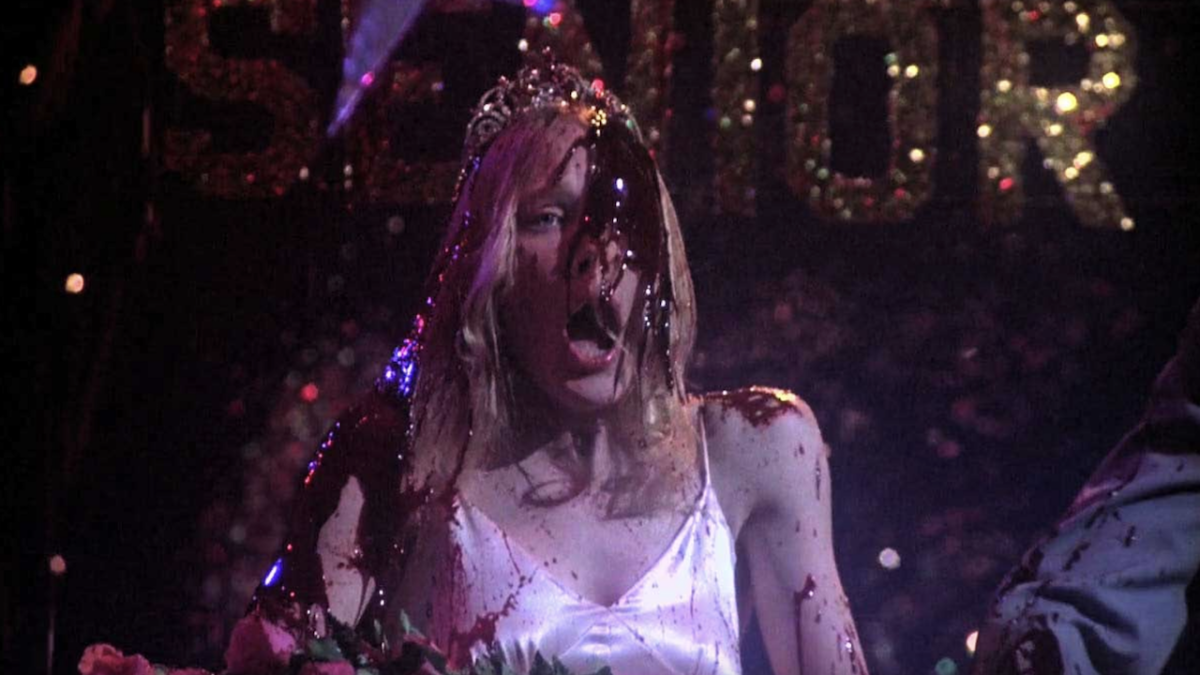
Let’s stroll down memory lane to 1974, when Stephen King unleashed his debut novel, Carrie, on the world. Now, most of us can recall those turbulent teenage years – the awkwardness, the need to fit in, and the sting of being an outsider. That, with an exhilarating twist, is Carrie White. She’s a telekinetic time bomb, and the bullies in her life are unknowingly lighting the fuse. Carrie’s blend of otherworldly suspense with realistic high school horror makes it memorable.
The brilliance of Carrie lies not only in its gore and horror but also in King’s exploration of a young girl’s mind as she deals with the constraints of society and her own family. It breaks your heart to see her struggle between her desperate desire for acceptance and the raw power she holds within. And it’s Carrie’s layered portrayal that makes you cheer for her even when things go wrong. Another feature that I adore? The epistolary style. King intersperses the tale with newspaper clippings, book excerpts, and interview transcripts, providing us with a bird’s-eye view of the events leading up to that fatal prom night.
5. Salem’s Lot (1975)
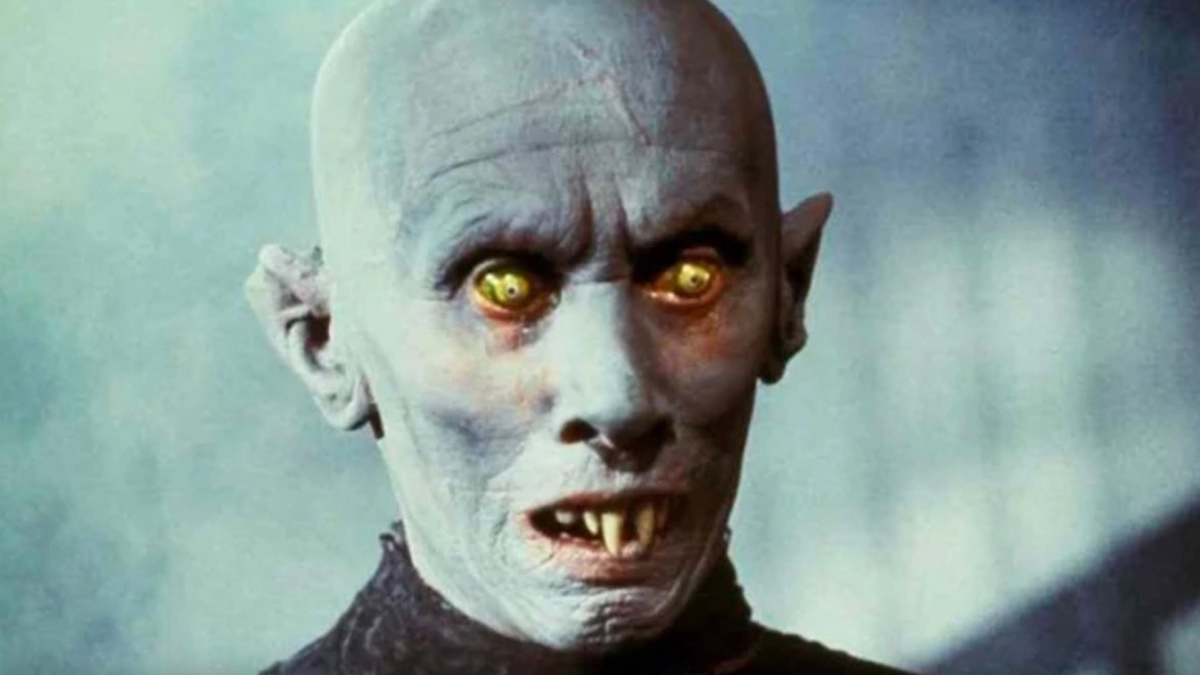
Remember before vampires were synonymous with sparkling skin and eternal love stories? In 1975, Stephen King decided to take a bite (pun intended) out of vampire lore with Salem’s Lot. King cast a dark shade on a familiar setting – a lovely tiny town. Jerusalem’s Lot is more than a sleepy New England village; it’s a place where ancient demons lurk in the shadows.
And as the darkness seeps in, you wonder if the dread is coming from the lurking vampires or the human residents with their secret vices. King pays respect to old vampire stories while infusing Salem’s Lot with his own modern, disturbing twist. His vampire — Barlow — isn’t a romantic figure; he’s pure, undiluted terror. Yet, King gives depth to this creature of the night, drawing you into his haunting presence even as he terrifies you. But it’s not only the terror. Salem’s Lot is a moving examination of community and how easily evil can permeate when people look the other way.
4. The Stand (1978)
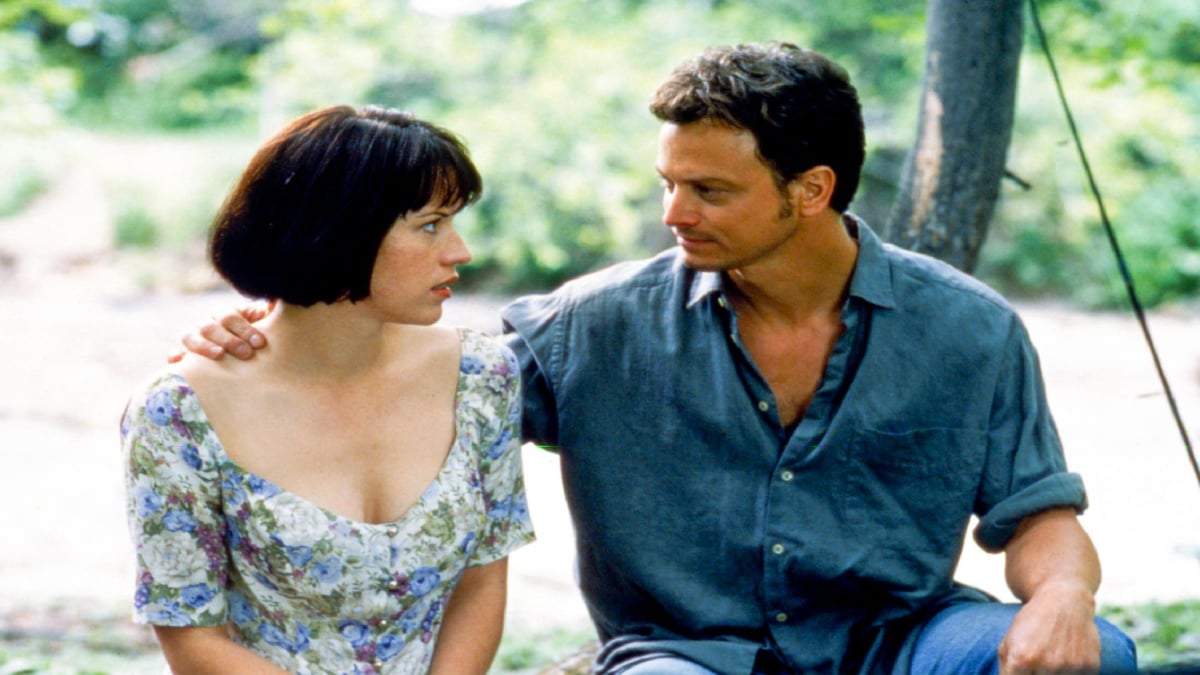
The Stand is one of the most profound apocalyptic stories ever written. The Stand isn’t merely about a deadly virus annihilating humanity – though Captain Trips does kick things off in a horrifying fashion. But it’s about what happens next: the rebuilding, the decisions, and the age-old conflict between good and evil. King creates a sweeping world populated by complex characters trying to make sense of their place in this new world.
The characters are more than just survivors; they represent the best and worst of humanity. You have a front-row seat to their transformations, from Stu Redman’s quiet leadership to Harold Lauder’s deep-seated fears. And let’s not forget the masterful portrayal of Randall Flagg – King’s recurring embodiment of evil. His looming presence in the backdrop of the survivors’ rebuilding attempts is a testament to King’s knack for creating memorable antagonists.
3. Misery (1987)
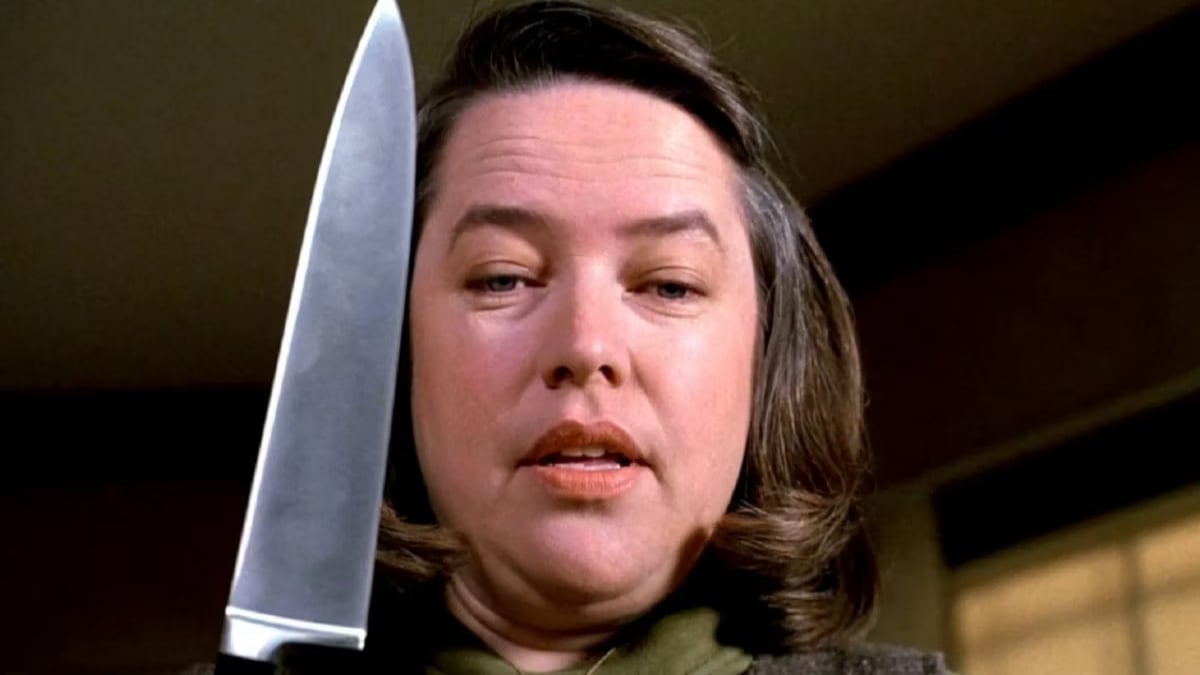
Misery deviates from King’s regular big casts and huge spooky spectacles. Instead, he immerses us in a claustrophobic world populated by only two characters: Paul Sheldon – a prominent novelist, and Annie Wilkes – his “number one fan.” And it’s this confined setting that heightens the tension, making every page a nail-biter. What’s fascinating, and perhaps a touch meta, is how Misery dives into the world of creation, fandom, and the pressures of success.
With his customary delicate touch, King weaves a story about the torments of the creative process and a deranged admirer keeping an author captive. It’s as if he’s exposing a piece of his own soul, as well as the innate insecurities of a writer. Annie Wilkes is one of Stephen King’s scariest inventions, not because she’s a supernatural being or a horrific beast, but because she’s so… real. Her obsession, unpredictability, and deep-seated madness are portrayed with such raw intensity that she embodies every artist’s nightmare.
2. It (1986)
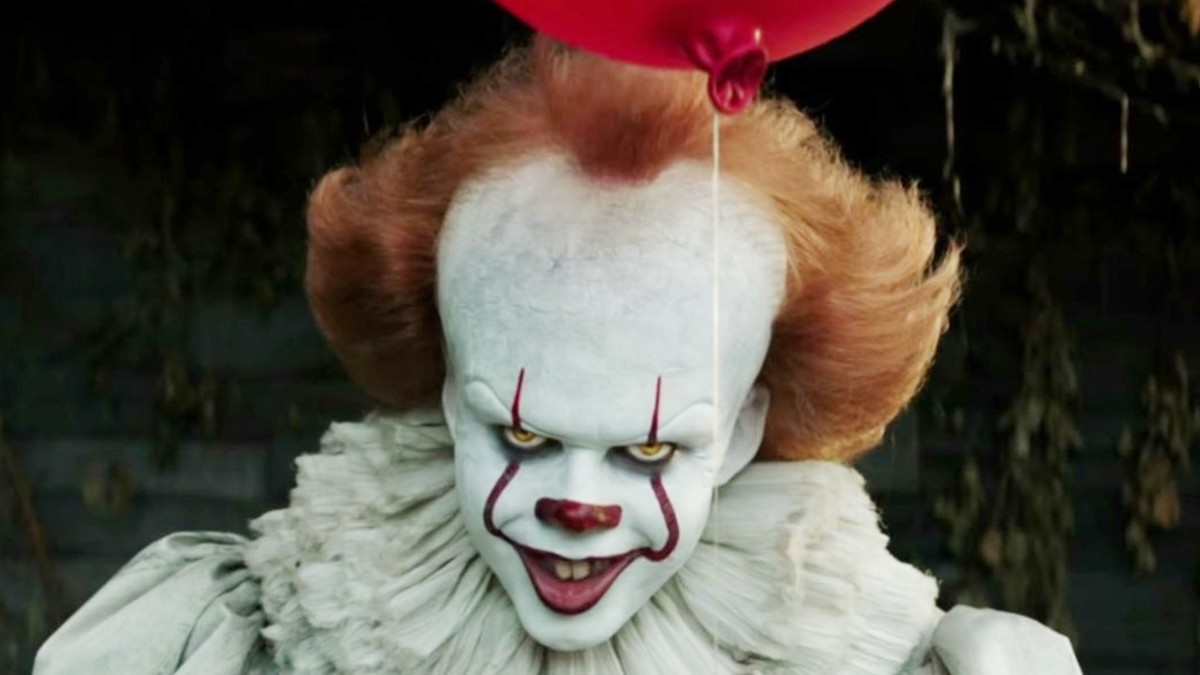
After I read It, I couldn’t help but have a lingering fear of Pennywise. The novel, at its foundation, is a coming-of-age story. King brilliantly combines the parallel stories of the Losers Club, first as children confronting their worst fears and later as adults recalling their past traumas. The duality offers readers a deep, multi-layered exploration of lost innocence and the scars childhood tragedies can leave on our adult selves.
Derry is also more than a mere backdrop. With its grim history and dark secrets, the town is almost its own character. King deeply explores the notions that locations can store memories and that evil can be cyclical. But what stands out the most, at least for me, is how King uses Pennywise to personify terror. This shape-shifting entity preys on specific anxieties, leaving readers to wonder, “Who is my Pennywise?” “What would my deepest fears look like?”
1. The Shining (1977)
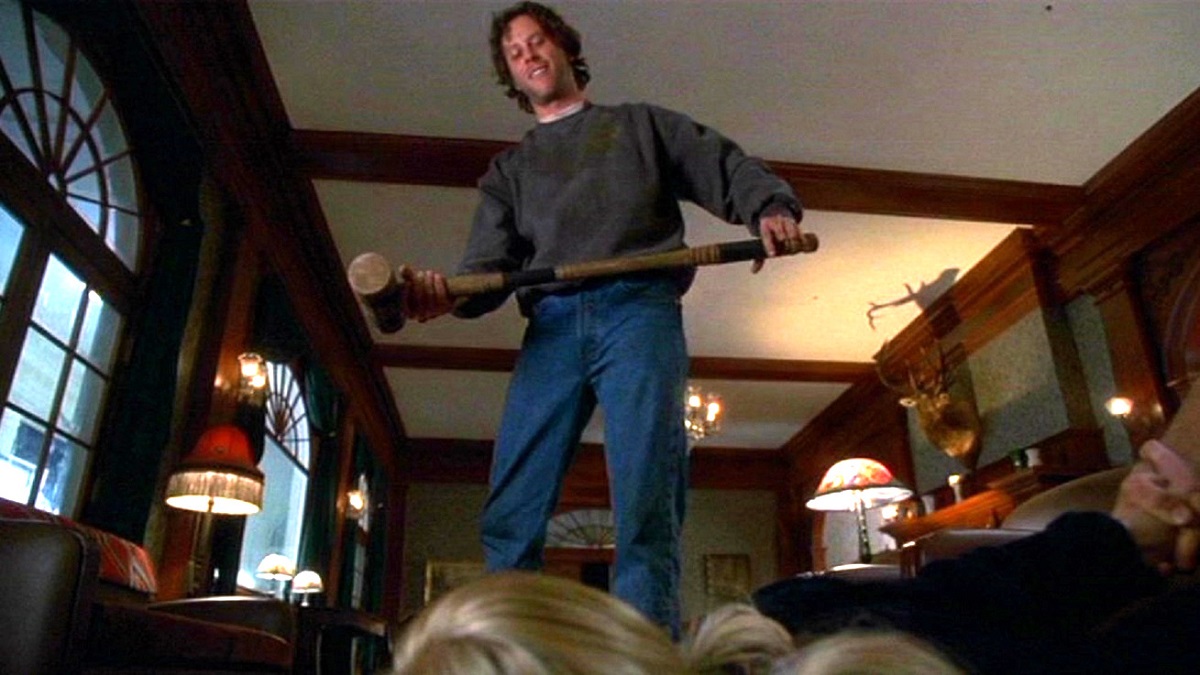
Picture a remote hotel, snowed in and miles from civilization. Isn’t that idyllic? However, as readers of The Shining will attest, the Overlook Hotel is far from a winter haven. If you’ve met Jack, Wendy, and little Danny Torrance, you’ll understand why The Shining is regarded as one of King’s crowning achievements. The Shining is a haunted house story on the surface, but there’s so much more beneath.
King does not rely solely on creaking floors and spooky apparitions. He investigates the psychological hauntings of the mind. With his troubles with drinking and inner demons, Jack Torrance becomes as much a part of the hotel’s macabre fabric as the spirits who haunt its hallways. But the true heart of the story — for me — is Danny. With his “shine,” Danny is a beacon of innocence amid the rising gloom.

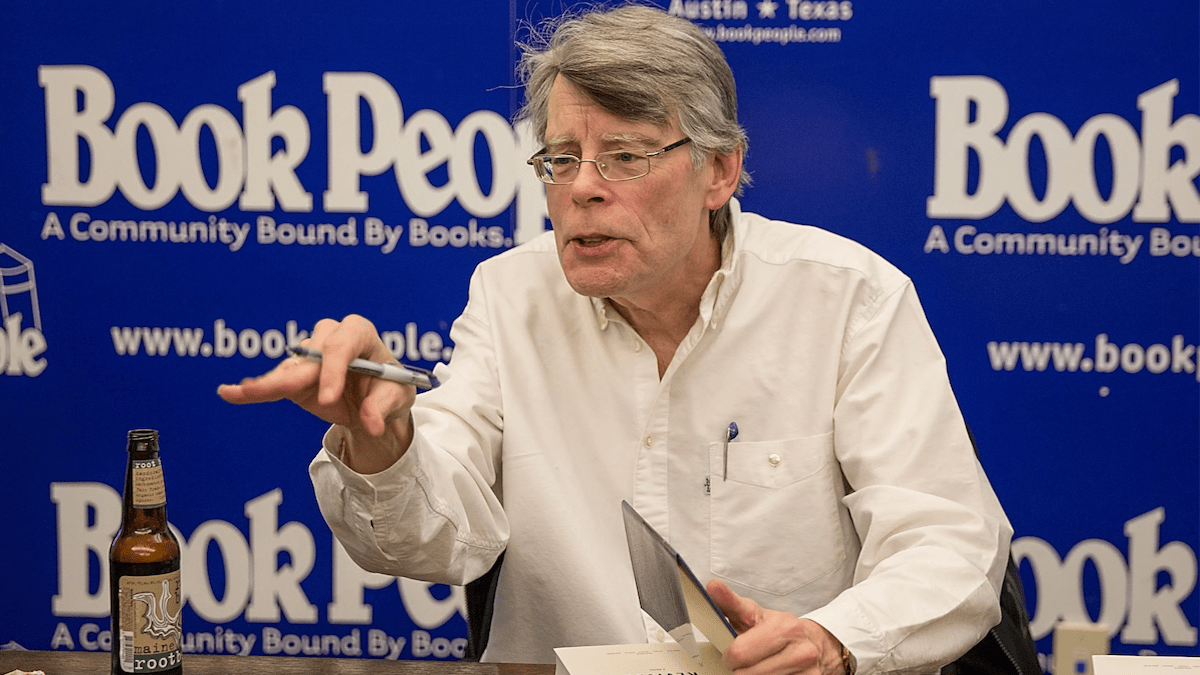







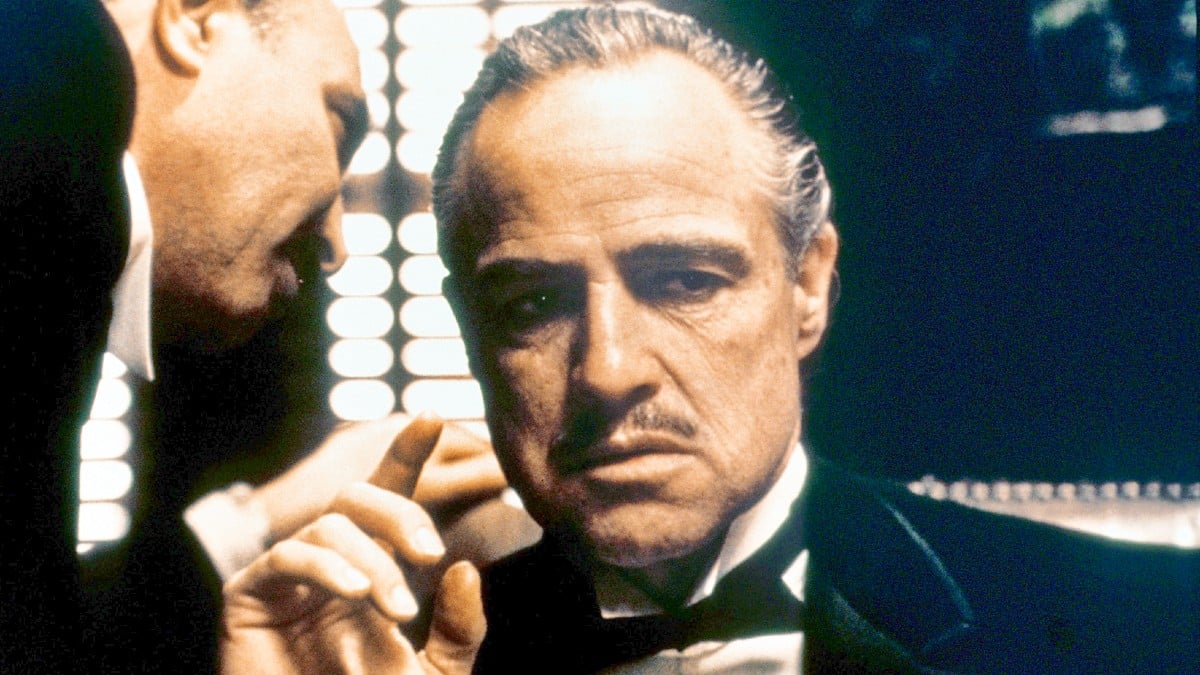

Published: Aug 31, 2023 12:42 pm